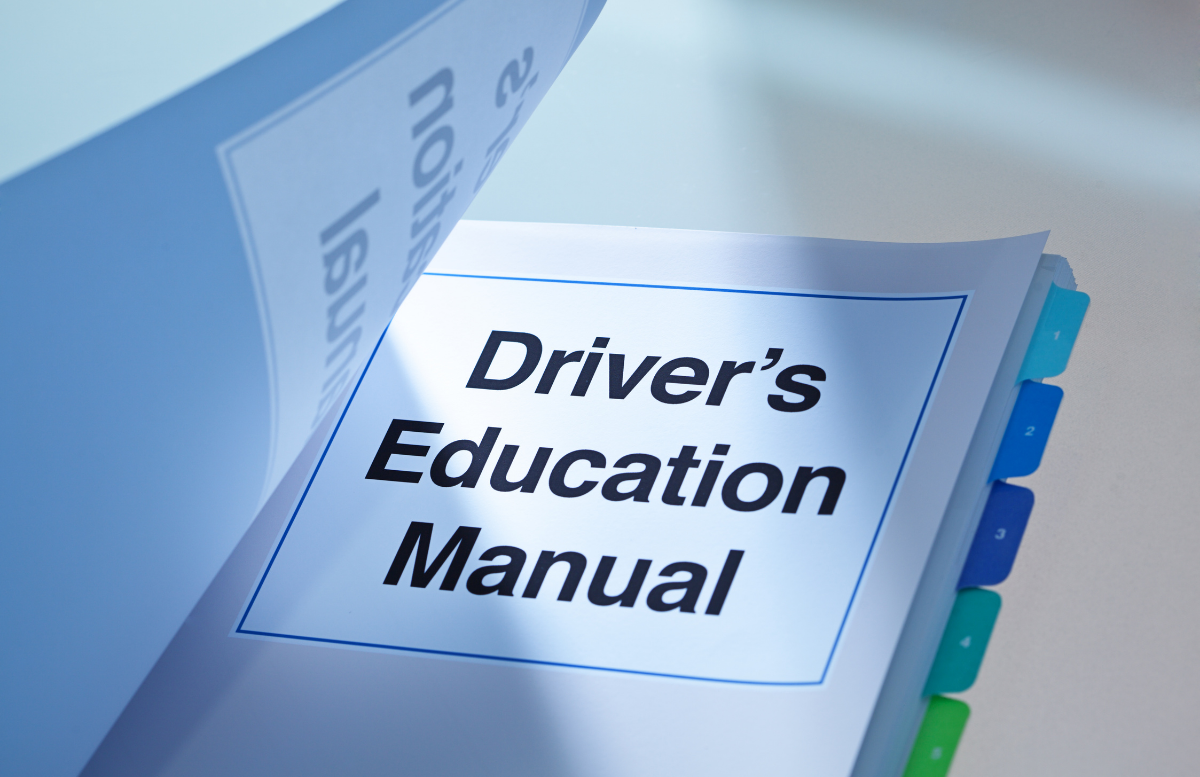Driving a car can be a daunting prospect, even for seasoned drivers. That’s why it’s crucial to ensure that new drivers are prepared before hitting the road. According to the Federal Highway Administration (FHWA), only 56 percent of American adults have received the minimum amount of formal training necessary to operate a car safely. To lower this number, many states have implemented driver’s education programs. Even if you’re not planning on taking your driving test, driver’s education courses give you the chance to learn how to handle your vehicle responsibly. This article covers the most important aspects of driver’s education, including what you need to know before getting started, the benefits of a driver’s education program, and more.
What is a Driver’s Ed Program?
A driver’s education (or driver’s education program, or even just education) program is a series of classes that teach students everything from basic road rules to navigating the DMV. Most programs are specially designed for people who plan to get their driver’s license, but some are available to anyone who would benefit from the information.
Driver’s education classes can be delivered in a variety of ways. Some schools will offer morning classes that meet for a few hours each week. Others may offer full-day courses with a more intensive schedule. A typical program will run anywhere from six weeks to two months.
Why Take Driver’s Ed?
Getting your driver’s license is a big step toward becoming a more confident driver. But there are a few other reasons you should consider pursuing driver’s education. First and foremost, you’ll be able to apply what you’ve learned when you sit for your driving test; if you have any questions about how to do something, you’ll know where to find the information. A driver’s education course will also allow you to build a network of friends and connections who will be able to help you navigate the world as a licensed driver. Finally, getting your driver’s license at a young age is likely to result in a longer and healthier driving career — so it’s worth the effort.
What You’ll Learn in a Driver’s Ed Course
As part of a driver’s education program, you’ll learn more than just how to drive. Classes often focus on road safety, which is critical for new and experienced drivers. Topics such as road signs, driving etiquette, and even auto maintenance can be covered. You might also learn about the driving laws in your state and the penalties for breaking them. In addition to safety and rules, you can also expect to learn about your vehicle and its capabilities.
For example, if you’re taking a car class, you’ll learn about the make and model of your car. You also may get an overview of your car’s fuel system and engine. In addition, you can expect to learn how to safely operate your vehicle, including how to signal, how to change lanes, and how to park.
The Benefits of a Driver’s Ed Program
If you’re looking for a way to learn how to drive safely, a driver’s education program is a great way to start. You’ll get the opportunity to meet with a diverse group of drivers and learn how to navigate the road together. You’ll also benefit from an instructor who is a certified driving instructor. These driving instructors have been trained to help guide new drivers and make sure they feel comfortable behind the wheel.
Driver’s education programs also have a number of benefits for students beyond the classroom. During your course, you can expect to take driving lessons in various settings, from a city road to a parking lot. You’ll also get the opportunity to practice driving on both paved and unpaved roads to practice in various environments.
How Do You Find a Program?
Finding a program can be a challenge. You need to find one that fits your schedule, classroom style, and requirements. Most school districts offer a program as part of their curriculum, and they’ll likely be able to point you in the right direction. You can consider contacting your local high school or community college to get started. You can also use online resources to help you find a program.
Online resources like Edmund.com, gedmatch and License Plate finder help find driver’s education programs. You can use these sites to browse programs by state, rate the schools you visit, and narrow your selections based on price, location, and the type of program you’re looking for.
Where to Find Driver’s Ed in Your Area
Don’t give up yet if you don’t see a driver’s education program in your area. It’s possible that there isn’t a program in your area — or that it’s simply not available to the public. You can contact your local high school or driver education program provider to find out. You can also try contacting a local community college. Most colleges offer a variety of programs, and they may offer a public program as well.
Tips for Getting the Most Out of Your Driver’s Ed Course
When you enroll in a driver’s education course, you need to make sure that you put the time in. Yes, driver’s education is a class, but it’s also a lifestyle. You need to devote at least three hours each day to your course. That doesn’t mean you have to sit in a classroom for the full three hours; it just means that you need to put in some time behind the wheel. When you drive in your course’s designated car, you’re driving in the real world. That means you need to be ready to apply everything you’ve learned in the classroom.
Conclusion
Driver’s education courses are an important part of becoming a safe and confident driver. These programs are designed to teach you the ins and outs of getting your license. From how to use road signs to how to drive safely, you’ll learn it all during a driver’s education class.
Driver’s education courses are available in most states, and they can be a great way to get on the road safely. However, they aren’t easy. The course is only difficult because you make it difficult for yourself. Driver’s education doesn’t require you to be a wrong driver; it requires you to be a good one.



